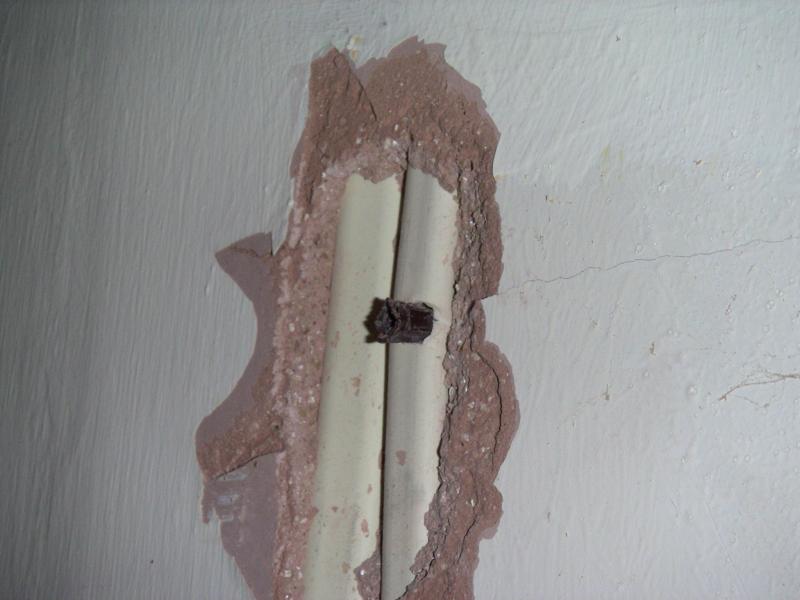The accepted unsafe zones are anywhere that a cable can be expected. This means all cables should be run horizontally or vertically to the accessory they serve, so a socket will have its cable/s running straight up, down, elft or right. Ditto a light switch or a wall light, etc. Also unsafe are anywhere withing 150mm (six inches) of the corner of a room, and the same below ceiling level. In theory it should be safe to drill or nail anywhere else on the wall.
BUT ... it's never quite that simple in practice. Lots of people don't know the rules, and particualrly when you go back to the '70s and '80s and the heyday of d-i-y, cables were routed in all sorts of imaginative directions.
Generally speaking the dangerous room (domestic) is the kitchen. Most people, when they rearrange a living room or bedroom, move the furniture but then run extension leads for any appliances. When a kitchen is refurbished al lthe wiring and plumbing gets moved around then plastered over, so this is where Mr D-I-Y may well have left a trap for the unwary.
Sometimes the "unsafe" zones are confusingly referred to in the trade as the "safe" zones, because these are where it's safe to run cables. Civilians need to think of them as "unsafe" - unsafe to drill or nail.
PJ


